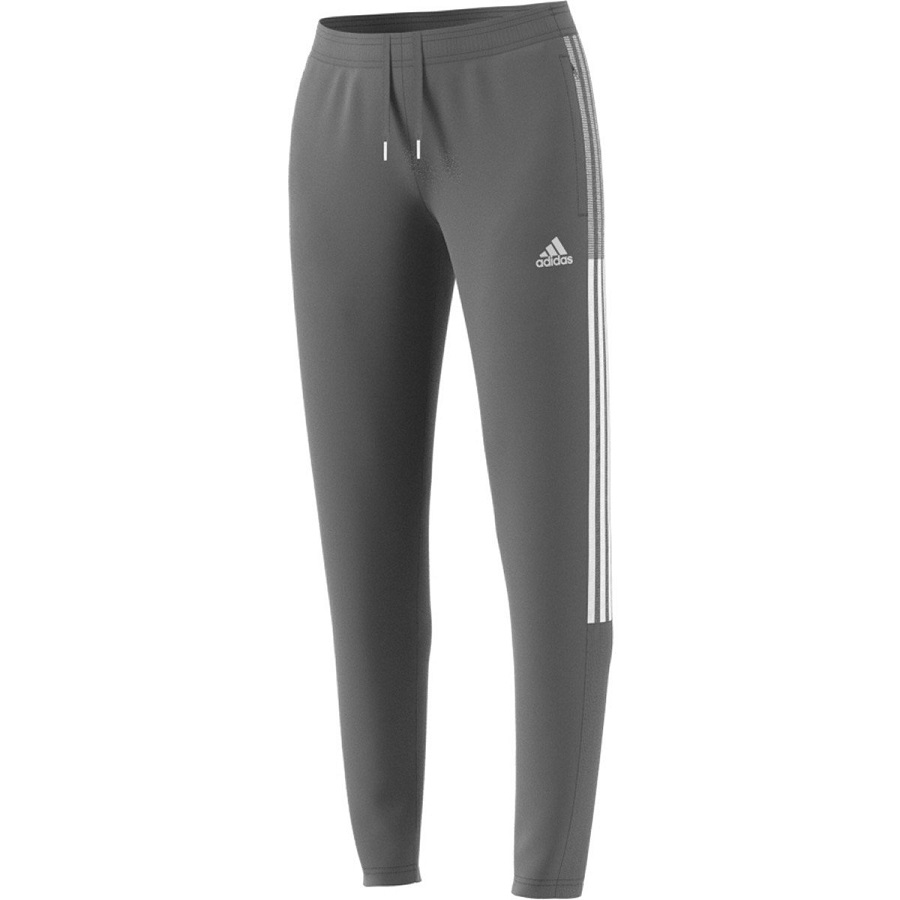
Drake jackets are a popular item of clothing among men and women alike. They are known for their durability, style, and quality fabrics. The journey of crafting Drake jacket fabrics involves a meticulous process of selecting the right materials, ensuring proper weaving and finishing, and testing for quality.
Step 1: Selecting the Right Materials
The first step in crafting Drake jacket fabrics is selecting the right materials. The materials used for Drake jackets are carefully selected to ensure durability, comfort, and style. The most common materials used for Drake jackets are wool, cashmere, silk, and cotton. Each material has its unique properties, and the selection depends on the desired outcome of the final product.
Wool is a popular material for Drake jackets because of its durability, insulation, and water-resistant properties. The wool used for Drake jackets is typically sourced from high-quality sheep fleeces. The wool is then processed through a series of steps, including cleaning, carding, spinning, and weaving. The result is a high-quality wool fabric that is both durable and comfortable.
Cashmere is another popular material used for Drake jackets. It is known for its softness, warmth, and luxurious feel. Cashmere is sourced from the undercoat of cashmere goats. The process of obtaining cashmere involves combing the goats’ hair to remove the fine undercoat. The undercoat is then cleaned, spun, and woven into a high-quality cashmere fabric.
Silk is a luxurious material used for Drake jackets, known for its softness, shine, and smooth texture. Silk is sourced from silkworm cocoons, which are carefully harvested and processed to obtain the silk fibers. The silk fibers are then spun and woven into a high-quality silk fabric.
Cotton is a durable and versatile material used for Drake jackets. It is known for its breathability, comfort, and ability to absorb moisture. Cotton is sourced from cotton plants, which are harvested, processed, and spun into a high-quality cotton fabric.
Step 2: Weaving the Fabric
Once the materials have been selected, the next step in crafting Drake jacket fabrics is weaving the fabric. Weaving is the process of interlacing the warp and weft yarns to create a fabric. The weaving process is critical in determining the quality of the fabric. The fabric must be woven uniformly and tightly to ensure durability and comfort.
The weaving process involves several steps, including preparing the yarns, setting up the loom, and weaving the fabric. The yarns are prepared by spinning them into threads of the desired thickness. The threads are then wound onto bobbins and loaded onto the loom.
The loom is set up with the warp threads, which run vertically through the fabric. The weft threads are then interlaced with the warp threads, running horizontally through the fabric. The loom is operated manually or electronically, depending on the type of loom.
The weaving process can take hours or even days, depending on the complexity of the weave and the size of the fabric. The result is a high-quality fabric that is uniform in texture and density.
Step 3: Finishing the Fabric
Once the fabric has been woven, it is time to finish the fabric. The finishing process involves several steps, including washing, dyeing, and pressing. The finishing process is critical in determining the final quality and appearance of the fabric.
The first step in finishing the fabric is washing. The fabric is washed to remove any impurities or sizing agents that may be present. The fabric is then dried and prepared for dyeing.
The dyeing process involves immersing the fabric in a dye solution to give it the desired color. The dyeing process can be done using natural or synthetic dyes, depending on the desired outcome. The fabric is then washed again to remove any excess dye and dried.
The final step in finishing the fabric is pressing. The fabric is pressed to give it a smooth and uniform appearance. The pressing process can be done manually or using a machine, depending on the type of fabric and the desired outcome.
Step 4: Testing for Quality
The final step in crafting Drake jacket fabrics is testing for quality. The fabric is tested to ensure that it meets the desired specifications for durability, comfort, and style. The fabric is tested for strength, colorfastness, shrinkage, and pilling.
Strength testing involves subjecting the fabric to a series of tests to determine its tensile strength, tear strength, and abrasion resistance. Colorfastness testing involves subjecting the fabric to various conditions, including washing, light exposure, and perspiration, to determine its colorfastness.

